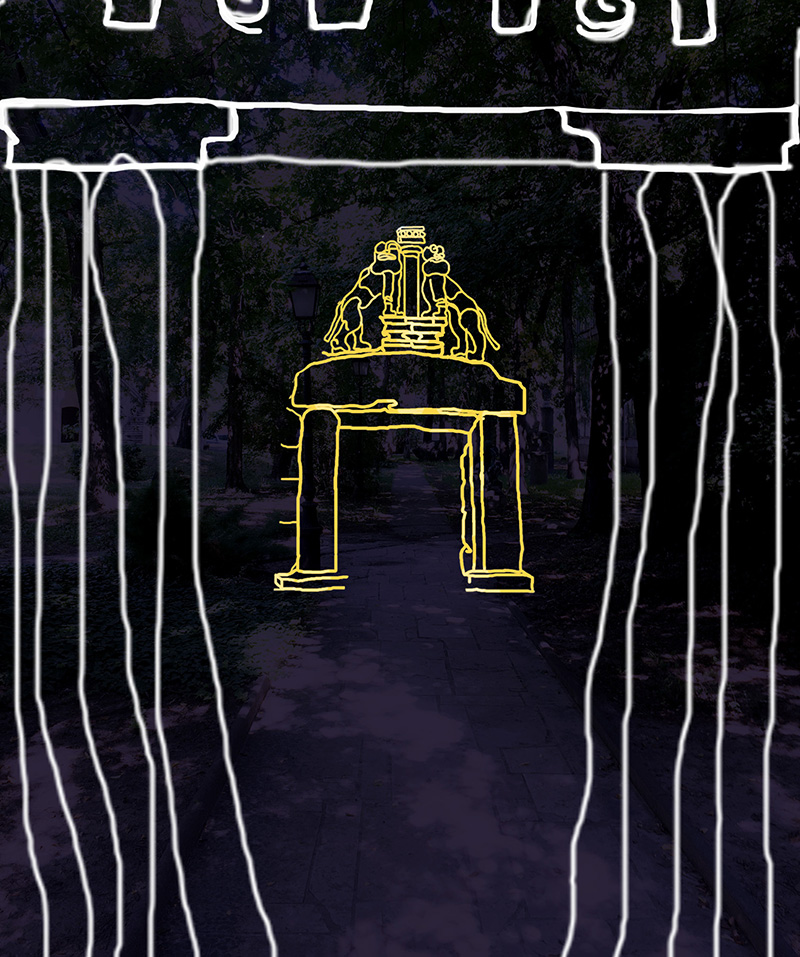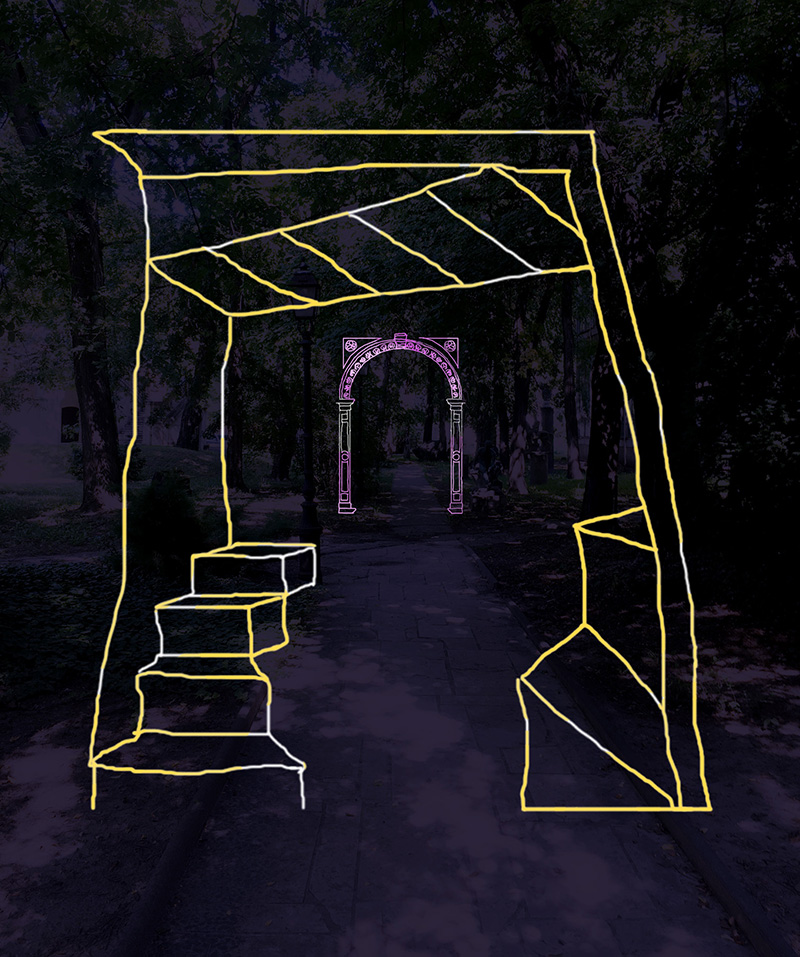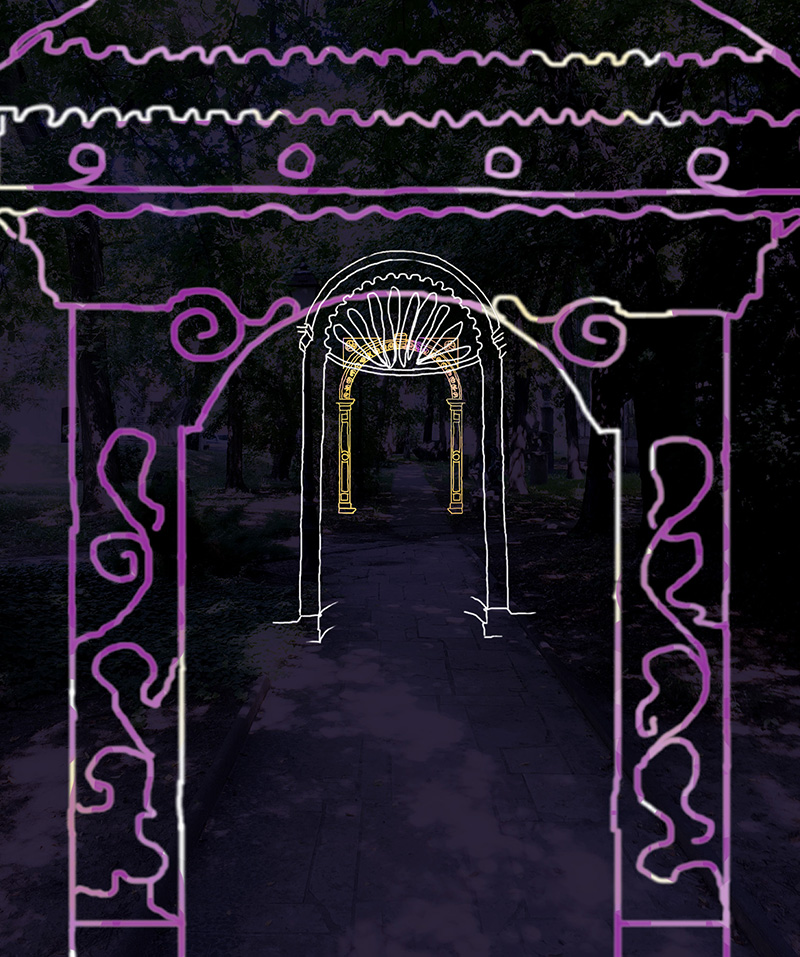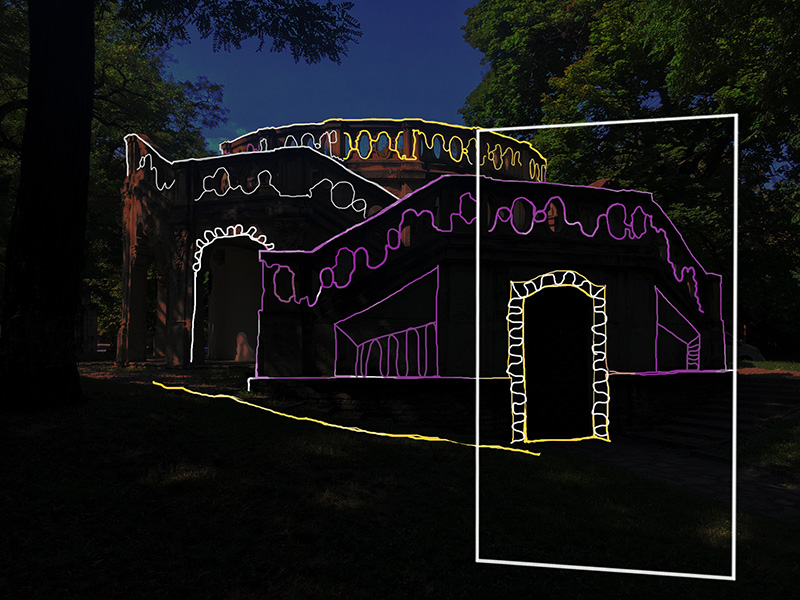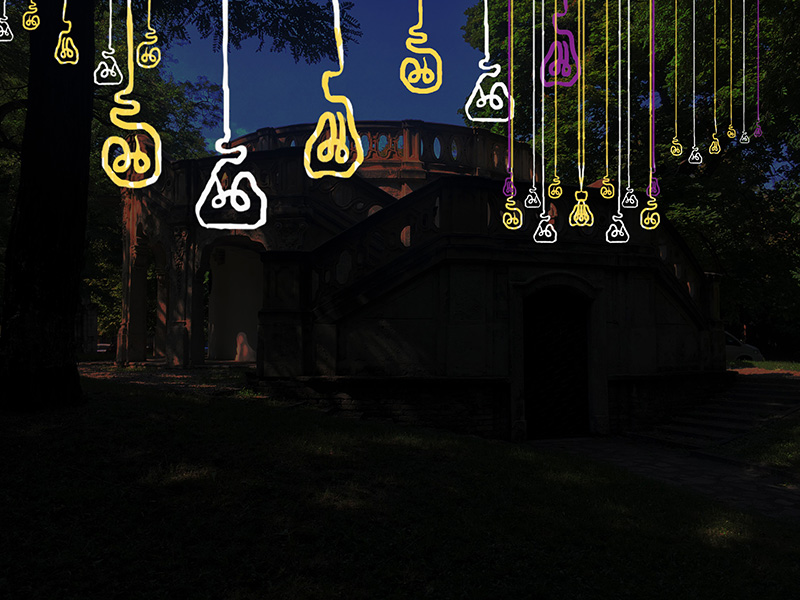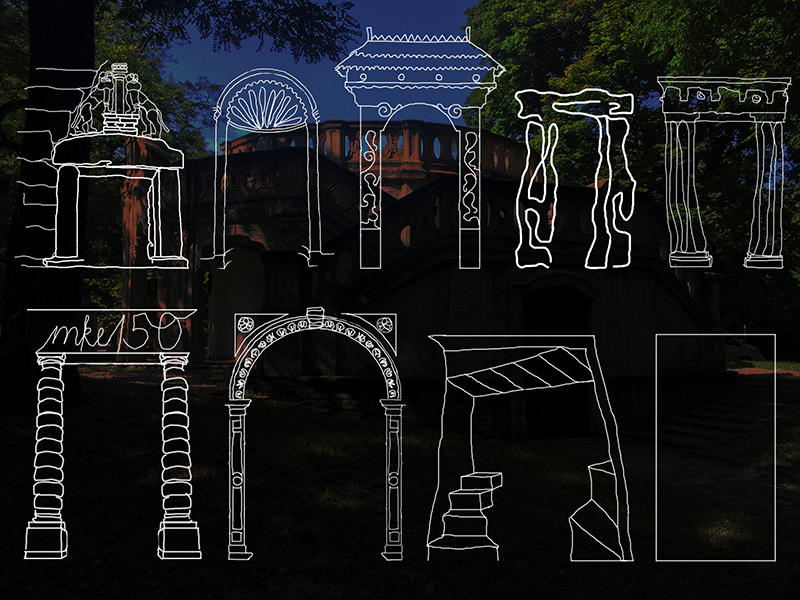
EVENT
Jonas Staal The Art of Organizing and Organizational Art - Mapping the Local course
Jonas Staal The Art of Organizing and Organizational Art - Mapping the Local course
Public program:
Date: 18. November 2021, 4 PM
online lecture
Jonas Staal
The Art of Organizing and Organizational Art
KNOWLEDGE 2200 - Future places of knowledge sharing within art universities / seminar within the framework of the Mapping the Local course at the Hungarian University of Fine Arts
In this talk, artist and propaganda researcher Jonas Staal discusses his work in the field of “organizational art”: artworks that take the form of alternative institutions, such as artworks as alternative parliaments, artworks as transnational campaigns, artworks as training camps and artworks as climate tribunals. Faced by intersecting crises in the form of rising authoritarianism, global precarity and climate collapse, Staal explores the role of art and cultural work in intersection with popular mass movements and emancipatory political organizations to organize living worlds.
Jonas Staal is a visual artist whose work deals with the relation between art, propaganda, and democracy. He is the founder of the artistic and political organization New World Summit (2012–ongoing). Together with Florian Malzacher he co-directs the training camp Training for the Future (2018-ongoing), and with human rights lawyer Jan Fermon he initiated the collective action lawsuit Collectivize Facebook (2020-ongoing). With writer and lawyer Radha D’Souza he founded the Court for Intergenerational Climate Crimes (2021-ongoing) and with Laure Prouvost he is co-administrator of the Obscure Union.
http://www.jonasstaal.nl/
KNOWLEDGE 2200 - Future places of knowledge sharing within art universities / seminar within the framework of the Mapping the Local course at the Hungarian University of Fine Arts
A block seminar organized within the framework of the Mapping the Local course, of the
Hungarian University of Fine Arts / 18-24 November 2021 in collaboration with:
University of Arts in Belgrade, The Academy of Fine Arts and Design in Bratislava.
An art university is a laboratory for research and analysis of cultural material; it is a place also for the formulation of artistic practices that consider a diversity of themes and means of representation.
Like any laboratory, the art university evolves over time and takes into consideration new technologies, social conditions and the relationships between the art university as a community of knowledge and the larger society. How have these relationships evolved and what will they look like in the future in the year 2200? Will art universities be needed by 2200 and, if so, what would they be like?
The block seminar is led by Szabolcs KissPál artist (Intermedia Dpt) Eszter Lázár curator (Art Theory & Curatorial Dpt), Allan Siegel artist (Intermedia Dpt.).
More information about the seminar and the Mapping the Local course: http://www.mke.hu/en/node/41196
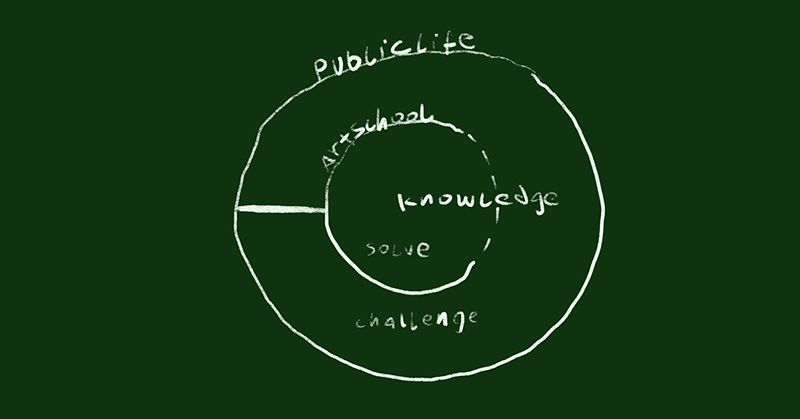
Richárd Melykó: Knowledge 2200 (2021)
Buckets of trends and bucking trends
Buckets of trends and bucking trends
The aim of this series of discussions organised by graphic arts students is to find out how trendy is graphic art in the contemporary Hungarian art scene. With this program, the students would like to get answers to a number of questions such as: How does graphic art influence the artist’s vision? How can you use traditional techniques in a contemporary way? Who do we call a graphic artist?
The series of four discussions will feature artists who have or had different types of connections with graphic art: they use graphic techniques to create their works, or their artistic practice and vision is characterised by a graphic way of thinking.
The organisers have created three groups: artists who graduated as graphic artists, and still work as graphic artists; artists who graduated as graphic artists, but only rarely do they use graphic techniques; artists who did not graduate as graphic artists, yet they also use graphic art techniques.
The discussions are moderated by Júlia Salamon, doctoral student of the Hungarian University of Fine Arts.
The discussions are organised by Klaudia Kitti Harmati and Petra Czakó, graphic art students.
Venue: MKE Profil (Margit körút 25.)
2021. 10. 25. 6 PM
2021. 11. 15. 6 PM
2021. 12. 06. 6 PM
2022. 01.17 6 PM
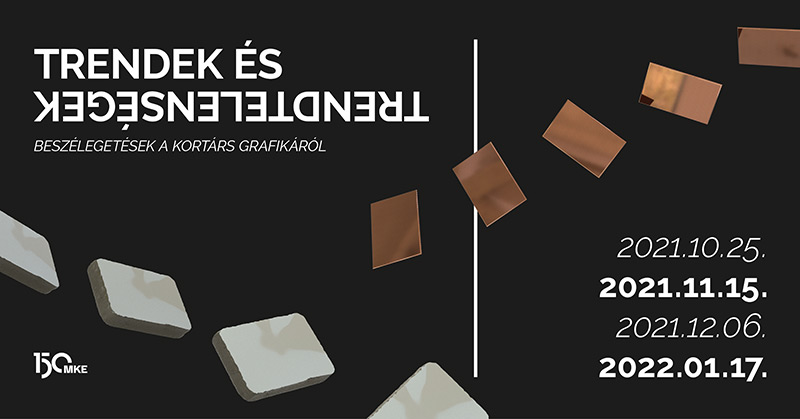
One and the Half Festival - 1,5 Festival
The Students’ Union joins the 150-year anniversary of the university by remembering Alajos Stróbl. In Stróbl‘s time, not only did Epreskert house the university art studios, but being one of the pearls of Budapest, it also served as a cultural melting pot. Peacocks walked freely among the buildings; in the shade of different exotic plants and palm trees, visual artists, musicians and writers shared their views and shaped the Hungarian artistic public life.
There are no peacocks any more, and the community of the garden only consists of the students and the teachers of the university. This situation is stirred up a little by the Students’ Union. Art as a diagnostic tool to examine eras makes it possible to study time horizons: going through the installation of set design students Mira Simonyi-Lengyel and Veronika Domahidy as if it were a time portal, they invite participants on a time travel.
With the participation of the editorial board of Képző.Art online magazine, which was launched in January 2021, round table discussions will be held, focusing on the future, on life after finishing the art school. What can you do with an arts degree? What is the future of contemporary art? Should or shouldn’t you visit art galleries? The Student Union is launching HÖKREGGELI (Student Union Breakfast), where they revive student forum traditions, and they evoke Stróbl’s peacocks and the once interdisciplinary milieu after all.
Stories
Minima Muralia
The film, created on the occasion of the Hungarian University of Fine Arts’ anniversary, presents the history of the Mural Department operated as part of the University’s Masters program for a single academic year, in 1981-82.
The training, originally planned for a duration of three years, was first given strong support by the institution’s management of the time. A year later it was terminated by the same leadership just as unexpectedly. One of the main principles of the program was to facilitate that each student complete a piece every year in order to avoid that works exist only in form of plans and ideas.
In addition to searching for completed, realized and also planned works (or their documentation) as well as the circumstances of their destruction, the film explores the objectives, forms and requisites of the training. It also examines the circumstances of the department’s founding inside and outside of the University, its position in the artistic tendencies of the time as well as the mural art practice of the late Kádár-era. The film pays special attention to the program’s relation to the INDIGO Group.
Archival and university documents, photographs, cinematographic materials, and interviews with former participants and students explore this little-known segment of the University’s history.
The film also commemorates László László Révész, who passed away in 2021, and was a key member of the department.
The project’s curator is Katalin Balázs, art historian
